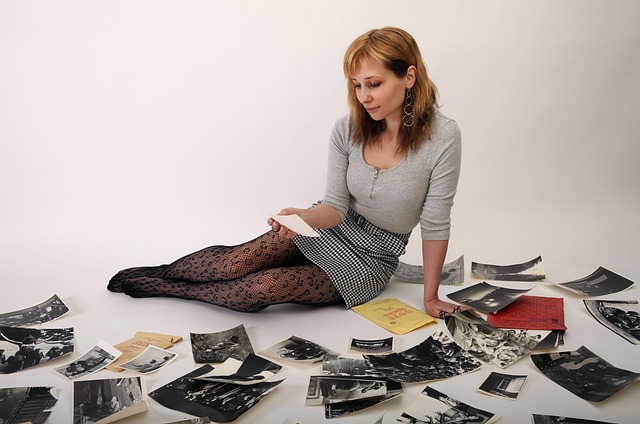The art of photography has long captivated the human spirit, acting as a bridge between our fleeting moments and the permanence of memory. In the realm of photo history, each click of the shutter tells a part of a larger story, allowing us to pause time and preserve the essence of our experiences. From the moment the first photographs were captured, humanity discovered a powerful means to document the world around us, a chilling reminder of the passage of time caught in a frame.
Consider the early days of photography. In the early 19th century, when the first rudimentary cameras were invented, photographers faced not only the challenge of capturing light but also the intricacies of developing images on chemically treated plates. The camera obscura, a precursor to the camera as we know it today, allowed artists to project scenes onto a surface, igniting a relentless curiosity about optics and light. This initial experimentation paved the way for advancements that would transform the way we view the world.
With the introduction of the daguerreotype in 1839, photography blossomed into an accessible art form. Each unique plate was a window to reality, a striking composition of life as it unfolded. The grainy textures of these early images evoke a sense of nostalgia, reminding us of our common human experience—moments that were painfully difficult to capture yet beautifully significant. Early photographers were not just artists; they were historians, capturing societal changes, cultural milestones, and the raw emotion of life.
As technology evolved, so did the camera. The shift from large-format cameras to smaller, portable devices democratized photography, empowering more individuals to tell their stories. The roll film introduced by George Eastman in the late 19th century made it possible for amateurs to snap their own pictures, creating a cultural shift where everyone was encouraged to engage in this art form. People from all walks of life began to explore the world of light and shadow, creating vast archives of personal and communal narratives.
The emergence of color photography further revolutionized photo history. No longer constrained to monochromatic images, photographers began experimenting with hues and tones, infusing their work with vitality. The aesthetics of photography found their way into everyday life, influencing art, advertising, and even fashion. We found ourselves not just as passive observers but active participants in a world painted in vivid colors, a testament to our diverse human experiences.
Understanding the essence of composition in photography has always been integral to the craft. The rule of thirds, leading lines, and framing guide photographers in conveying their vision effectively. Each element incorporated within a frame can drastically shift the viewer’s perception, creating stories that resonate on multiple levels. As photographers learn to manipulate these compositional techniques, they breathe life into their stagnant images, allowing emotions to flow beyond the confines of the photograph.
In the digital age, photography has reached unprecedented heights. The advent of cameras in smartphones has made the art of capturing images ubiquitous. Everyone can now play the role of a historian, documenting moments with the touch of a button. The ever-improving optics in our mobile devices provide tools that allow for creativity and expression previously reserved for seasoned professionals. This shift enables us to share our narratives instantly, creating a mosaic of human experience that spans generations.
As we journey through the photo history, it is crucial to acknowledge the profundity of photography’s impact on society. Each photograph serves as a reflective mirror, showcasing not only our world but also our emotions, our struggles, and our triumphs. With every click, we capture fleeting moments, transforming them into lasting memories that can be revisited time and again. Photography reminds us of the beauty in the ordinary, encouraging us to find artistry in even the simplest of scenes.



